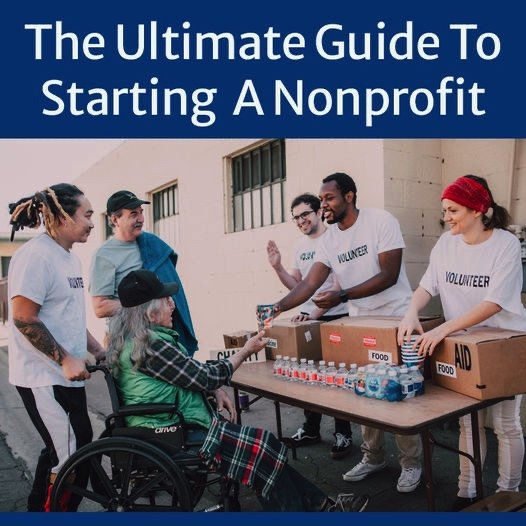Six Things to Know When Establishing Nonprofit Expectations
Before you’ve established the type of entity that would best suit your tax-exempt organization, before you’ve filed your Form 1023, before you’ve even put together your board, non-profits need to set clear expectations. Taking time during the early days of your nonprofit to set realistic goals, define roles, and a make budget plan will prevent misunderstandings that lead to burnout and dissatisfied stakeholders.
Establish a clear, common mission statement
At the core of any successful endeavor is a crystal clear statement of what your organization intends to accomplish. All other expectations hinge on first establishing a common mission.
Set specific, achievable goals
Specific, achievable goals are vital to building trust, but they’re also critical in establishing expectations. Without explicit, management goals, your organization will have no way of knowing if you’re on track to accomplishing your mission.
Define the necessary roles of your board members and staff
It’s possible to have 20 enthusiastic volunteers and still generate no steam for a project. Enthusiasm and a shared vision are only two elements of a nonprofit’s success. Members of your board, directors, staff, and volunteers should have defined roles with clear expectations regarding the skills and knowledge necessary to fulfill those roles. There’s a place for every passionate advocate within a nonprofit’s organizations, but some people will perform certain roles better than others. By establishing clear expectations regarding the jobs that need to be done and the best people for those jobs, you’ll avoid setting people up for failure. Rather, you’ll see your members shine as they take on jobs best suited for their talents and gifts.
Research your market
Get to know your market to identify what similar organizations in your area make in a year and how they do it. You also need to understand your place within the market. Do you have a lot of competition? Or are you fundraising in an empty field? If the former is the case, are there ways that you can collaborate with your competitors to help both of your organizations? If the latter is the case, are there reasons that no one has successfully entered the field before you? Understanding how other nonprofits are operating in your market will ensure you’re making research-backed predictions and setting appropriate goals. Forecasting based on research will support clear expectations and build confidence among stakeholders.
Draw up a budget plan
A new nonprofit - like any new business endeavor - will have a period within which it has to prove its sustainability to investors and the community. It’s unlikely you’ll come out of the gate with constituents throwing money at you. And there’s a very real possibility that during those first few years you’ll have to spend more money than you’d like in order to make money for your organization. Draw up a budget plan before you get started so that you’ll have a roadmap to success, an idea when you’ve gotten off track, and a cause for celebration if you pull in more receipts than expenses.
Learn as you file your 1023 application for tax-exempt status
Much like a business plan, your organization’s 1023 form provides a pathway to clear expectations. Set aside time to complete the form thoughtfully.
Get Your Free Ultimate Guide to Starting a Nonprofit
Your convenient and complete guide is based on years of experience helping aspiring changemakers start nonprofits.
You'll learn the fundamentals of fundraising, writing a mission statement, choosing a board of directors and so much more!
Sign Up for the Resilia Newsletter
Let Resilia support your success! Sign up today and start receiving valuable resources, insightful content, and important news and updates.
We don't spam, we just send resources to your inbox (we hate spam, too)


